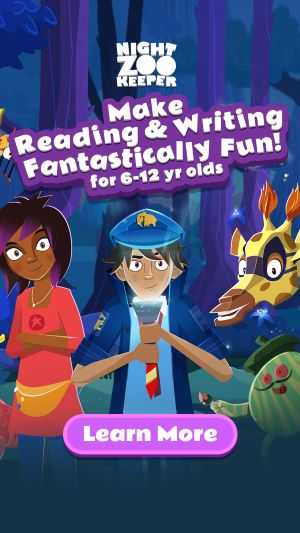Year 2 Punctuation
Discover Year 2 punctuation standards
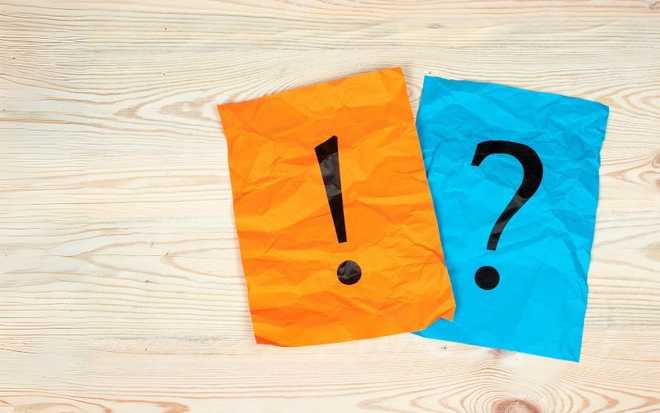
Home > English > Punctuation > Year 2
Now that your child has reached Year 2, they'll be expected to use basic punctuation accurately within the stories and reports they write. They will also begin to experiment with new forms of punctuation as the complexity of their writing increases.
Keep reading to understand these new principles, and for expert guidance on how to help your child develop the punctuation skills they need in Year 2!
The Basics
Punctuation is the name for the marks we use to make our writing clear. They're typically used to show a reader when a sentence has come to an end. In Year 2, children will typically have a good understanding of how to use these basic punctuation marks:
- Periods ( . ): for statements
- Question Marks ( ? ): for questions
- Exclamations Points ( ! ): to show strong feeling
Commas (,)
The comma is a punctuation mark that we use to separate numbers and words. Children learn about the most basic use of the comma in Year 1. Children in Year 2 will also learn that commas are important when writing a letter. Your child will need to practise using a comma in the date, the greeting, and the closing of each letter that they write.
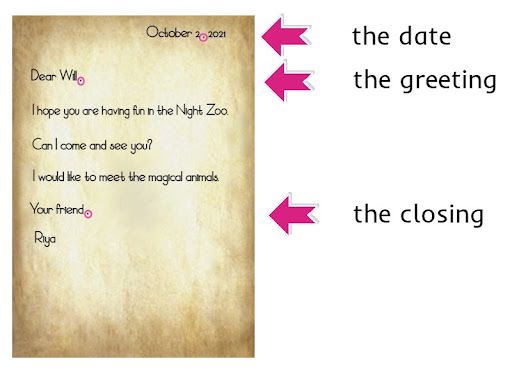
Practice Tip
Sam's Story Writing is a great lesson series for your child to develop their knowledge of how to correctly use commas. This lesson series is available now on Night Zookeeper!

Apostrophes (')
The apostrophe is a punctuation mark that shows us when a letter is missing from a word or when something belongs to someone. Your child will begin experimenting with apostrophes at this point in their primary education journey.
Contractions
Look at how the ant in the pictures below is using an apostrophe in the word "doesn’t".
Sometimes we shorten the phrase "does not" to "doesn’t"". We join the words "does" and "not" together. Then we take out the letter "o" from "not" and replace it with an apostrophe. This is called a contraction.
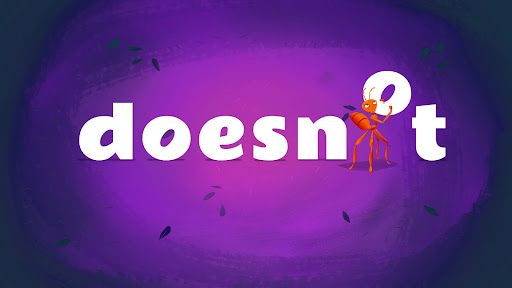
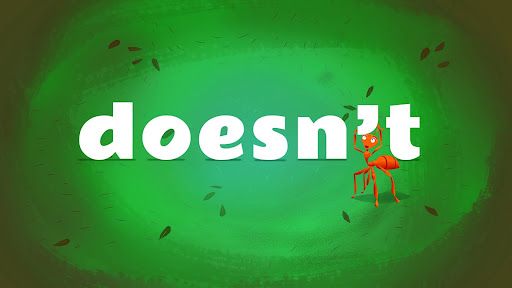
Here are some other contractions we use all the time! The apostrophe shows where letters are missing when we combine and shorten words.
- You are ⇨ You’re
- Have not ⇨ Haven’t
Practice Tip
Create a pile of letters and apostrophes made from card. Ask your child to arrange these letters to make as many accurate contractions as possible. The below image shows you an example of this activity that your child can play on Night Zookeeper.
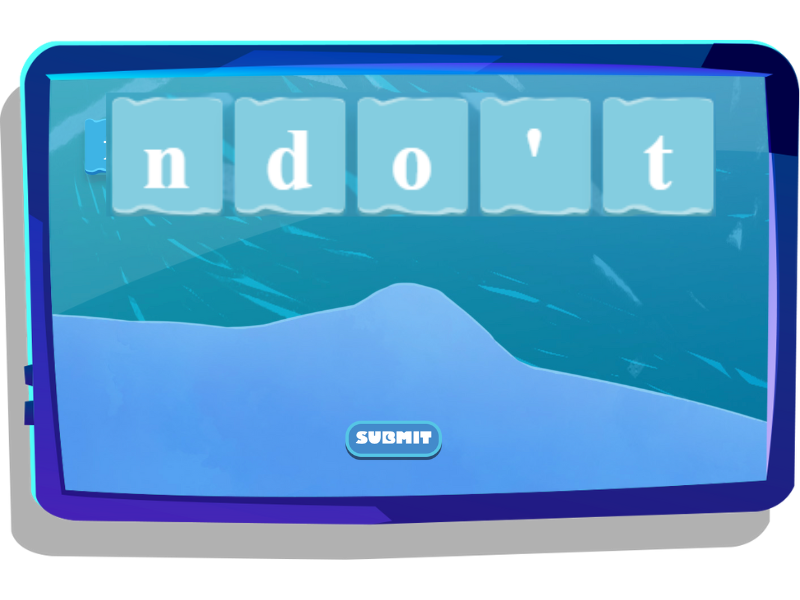
Possessives
We can also use apostrophes to show belonging. To possess something is to have it, which is why we call words that use apostrophes for belonging, possessives.
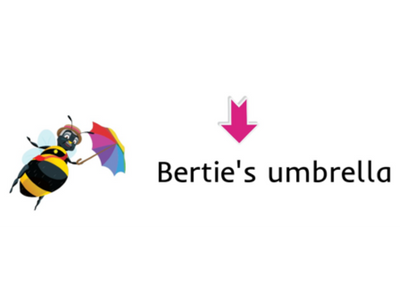
The apostrophe in Bertie’s name tells us that the umbrella belongs to Bertie!
Practice Tip
Practise this new skill by writing sentences using target possessive vocabulary as the example below shows.
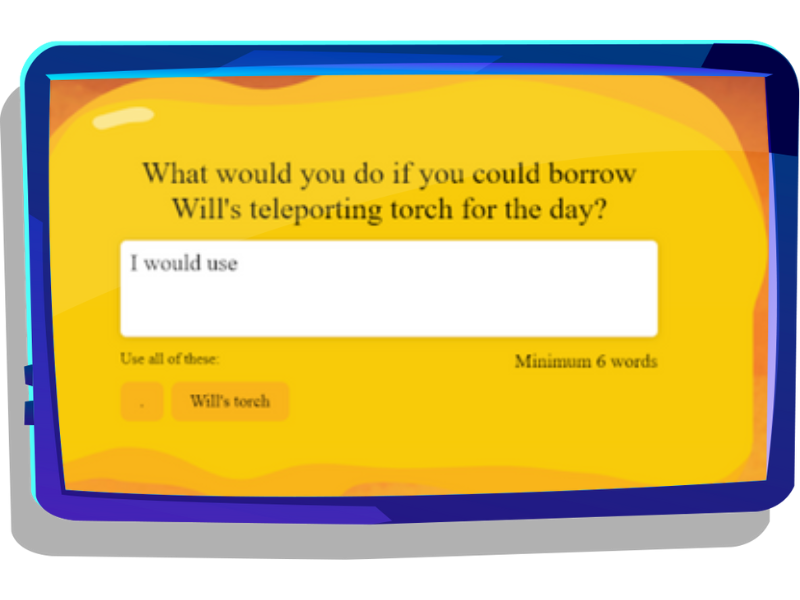
How Night Zookeeper can help

Night Zookeeper is a reading & writing program, created to help learners in Years 1 to 6 improve their literacy skills, with an emphasis on boosting grammar, spelling, and punctuation. It can support you and your child through their learning journey in a variety of ways!
Our award-winning educational content has been developed by experts to make learning fantastically fun for even the most reluctant readers and writers! When it comes to punctuation, our diverse range of activities include:
- Word games to help consolidate your child’s knowledge of topics such as contractions & possessives
- Punctuation lessons covering all the rules your child must know in Year 2
- Printable worksheets & free resources for on-the-go learning
Sign up today to get a FREE 7-day trial!
Related articles

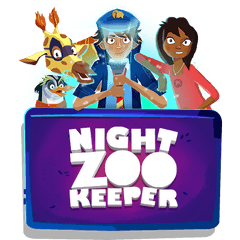
Make Reading & Writing Fantastically Fun!
- Award-winning reading & writing program for kids
- Improves spelling, grammar, punctuation & vocabulary
- Over 1,000 different learning games and activities



